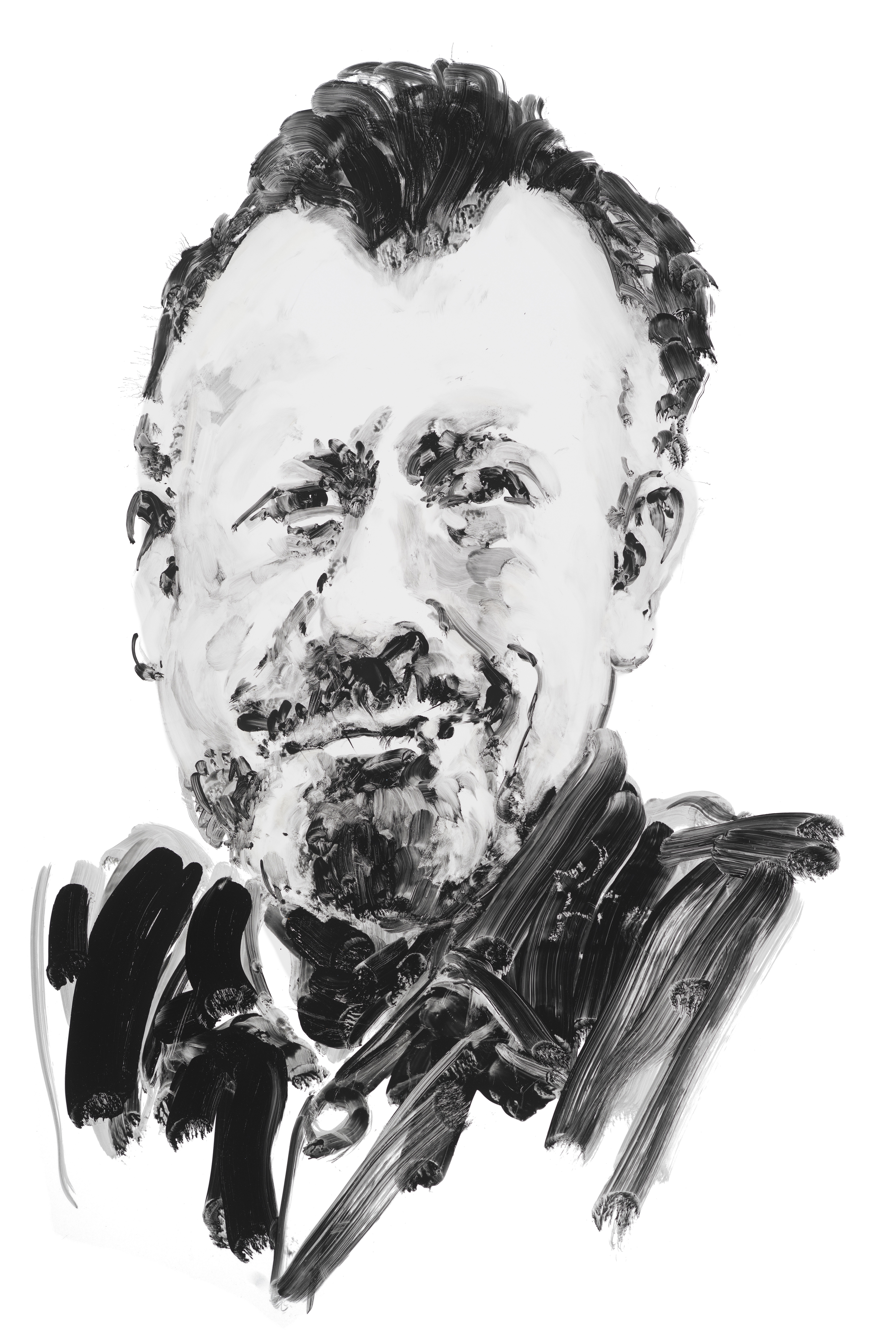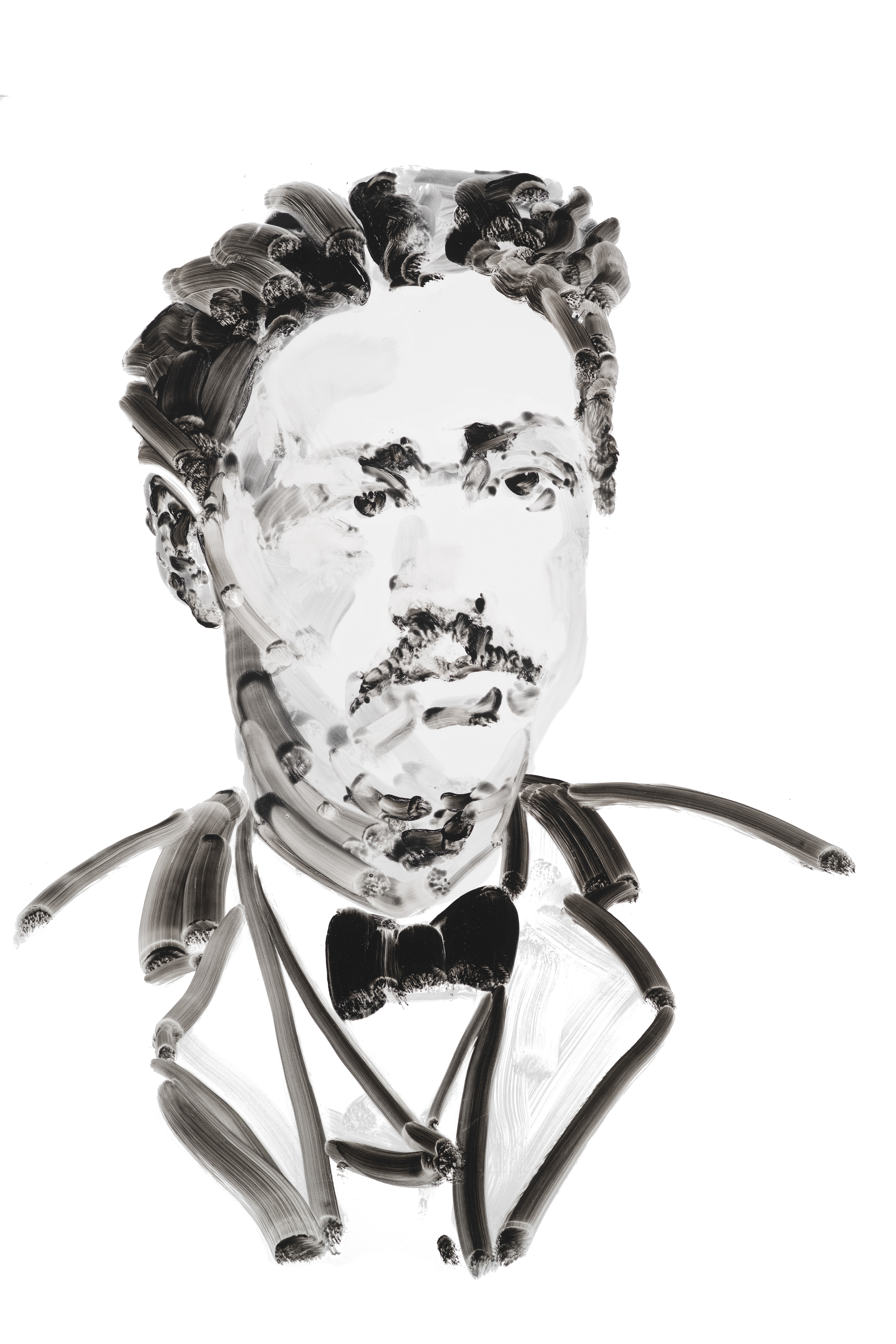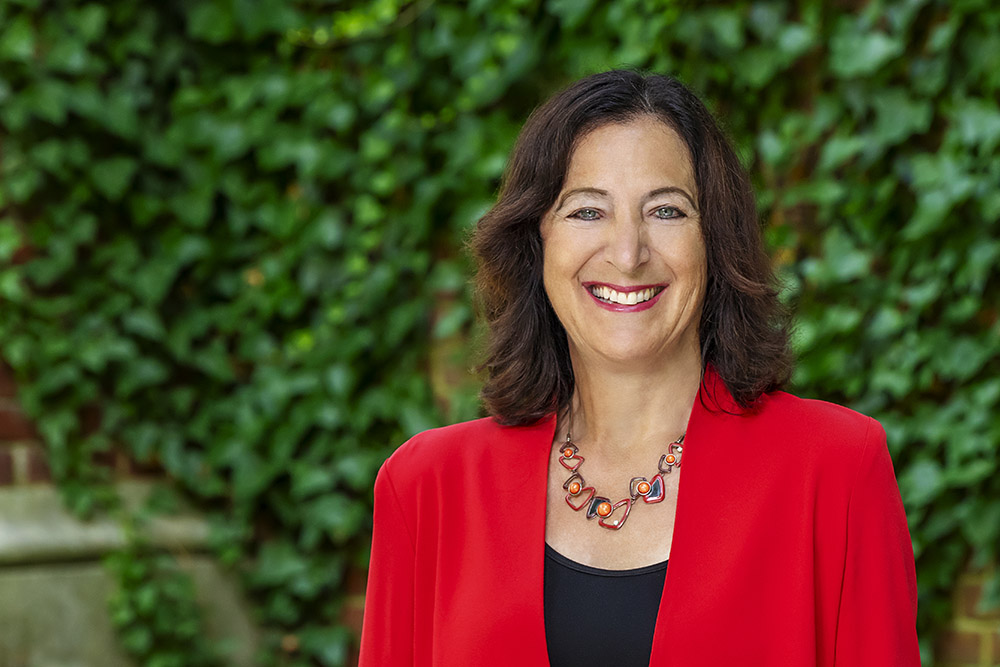Eric Fischl’s Saints of Sag Harbor: Part X

The religious past and the art-as-religion future have intersected within the walls of the Sag Harbor Church, a cultural hub with famed artists/activists April Gornik and Eric Fischl as the founders, and Sara Cochran as executive director.
The soaring building is home to 20 windows; it is there, explained Fischl, where the “arts saints of Sag Harbor, the dead saints, will be canonized.” Fischl’s artistic contribution to the historical narrative of those of who were drawn to the East End as a vortex of creativity shine down from the portals surrounding the space.
For more information about programs, visit sagharborchurch.org.
This concludes Dan’s Papers’ 10-week showcase of two windows per week, each with Fischl’s lighthearted responses when asked the irreverent question, “What would this luminary be the patron saint of, besides Sag Harbor?”
John Steinbeck (1902–1968)
Fischl: “John Steinbeck, Sag Harbor’s Nobel noble, is more than a saint. He is our Perseus-like demigod whose writing turned the snake-haired head of Medusa’s stare on the unjust and morally bankrupt; freezing them, stone-like, in our own gaze, giving us the hope and opportunity to break free the enervating spells of false contentment and corruption.”
John Steinbeck was an American Nobel and Pulitzer prize-winning author. His well-known novels include East of Eden, The Grapes of Wrath and Of Mice and Men. Most of his work is set in the Salinas Valley of Central California, where he was born. Later in life he moved to Sag Harbor with his wife Elaine Scott and his dog, Charley. It is here that he wrote The Winter of Our Discontent and Travels with Charley.
Steinbeck would stop at the still-extant Cove Deli, at the corner of Glover and Main Street, chatting with all the locals in Sag Harbor on his way into the village. A man here once asked him, “Aren’t you John Steinbeck?” to which he answered, “I’m John, just call me John.”
He was perfectly at home in Sag Harbor, walking into town from his home on John Street and bringing his dog Charley (of his book Travels With Charley) into his favorite bar, The Black Buoy, which was notorious for unfriendliness toward non-locals. Steinbeck helped start the HarborFest fall celebration in Sag Harbor, then known as the Old Whalers Festival, serving as its chairman from 1963–1968. He is honored by a plaque on the Windmill at Long Wharf in Sag Harbor for his dedication to the festival.

Nathan J Cuffee (1854–1912)
“Nathan J. Cuffee is our saint of First Nations and first novels. From Montauk to Shinnecock, he led an exemplary life that tried to repossess through his writing and his activism that which had been wrongfully taken from his people and his history,” Fischl says.
Nathan Cuffee was born in East Hampton to whaler Jason James Cuffee, a member of the Eastville Band of the Montaukett tribe and Louisa R. Cotton of the Naragansett tribe from Rhode Island. Cuffee grew up in the Eastville section of Sag Harbor on Liberty Street, spending time at a pair of houses two doors down from one another. He later moved with his wife Marie to Shelter Island.
While almost blind, in 1905 Cuffee co-authored a novel with Lydia Jocelyn called Lords of the Soil: A Romance of Indian Life Among Early English Settlers which was well-received, making Cuffee the first published Native American from Long Island. Its content was described by one reviewer as “Duplicitous English colonists in the company of Captain Lion Gardiner on Long Island in the year 1654 conspire to obtain Indian land by having “Heather Flower,” daughter of the Montauk sachem [chief], Wyandanch, kidnapped and held for ransom by the Narragansetts, a warring tribe.” These familiar names obviously associate Cuffee and Jocelyn’s work with the East End.



